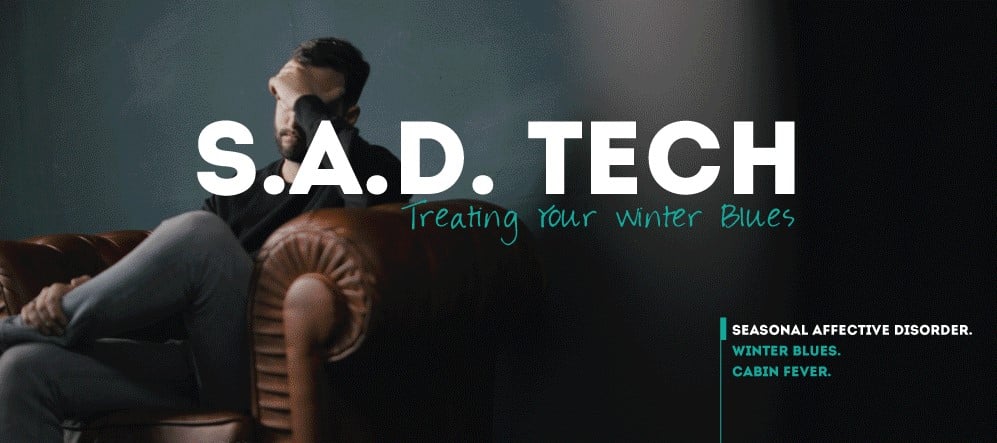One in four Americans say that winter weather has a negative effect on their mood at work, naming January as their least happy month. The winter blues hits us all from time to time during the season, the more extreme cases known as Seasonal Affective Disorder.
Much like jet lag can throw off our sleep schedule, the shifting daylight hours of seasonal changes can also disrupt circadian rhythms. Special cells in our eyes known as ipRGCs are responsible for helping regulate circadian rhythms, in addition to pupil reflex and even our energy levels and moods. Irregular signaling to ipRGCs from lack of natural daylight can disrupt normal circadian rhythms leaving us tired during the day and alert at night. Unpredictable sleeping patterns can lead to their own issues, from fatigue to depression. Beyond just illuminating our world, the physiological relationships with light are both powerful and intricate.
Q4 hedge fund letters, conference, scoops etc
Vitamin D, the “sunshine vitamin” is one of the most essential nutrients for the human body; receptors are found in nearly every cell of the body.
In winter and in northern regions in particular, harsh temperatures and conditions keep people indoors, while the diminished daylight hours keep the sun and its natural vitamin D out of reach. Living just 37 degrees from the equator makes it nearly impossible to get enough vitamin D from the sunshine and experts recommend taking supplements to make up the difference, but the best source remains from sunlight. The Dminder app picks up the slack when natural sunshine isn’t enough with location-based tracking of vitamin D in the environment from sun exposure, alerting users the best time to get outside and soak up the rays.
Though scientists are still not totally sure the causes of Seasonal Affective Disorder, research is beginning to reveal it may be related to a variety of experiences including our interaction with sunlight, nutrition, and sensitivity to seasonal changes. Bright light therapy, one of the only treatments proven to help manage symptoms of Seasonal Affective Disorder, was developed from this research, helping individuals with the winter blues literally add some light into their lives. Devices like the Philips Hue smart bulbs are easily programmed to mimic the light quality of a typical sunny day, ranging from cool light of morning hours, to gently warm tones in evening.
For people living with Seasonal Affective Disorder, simply looking forward to the spring thaw isn’t enough; but intuitive tech is helping bring a slice of summer to the dark of winter. This infographic details what is known about about the causes and symptoms of Seasonal Affective Disorder and digital treatments to break the winter blues.







